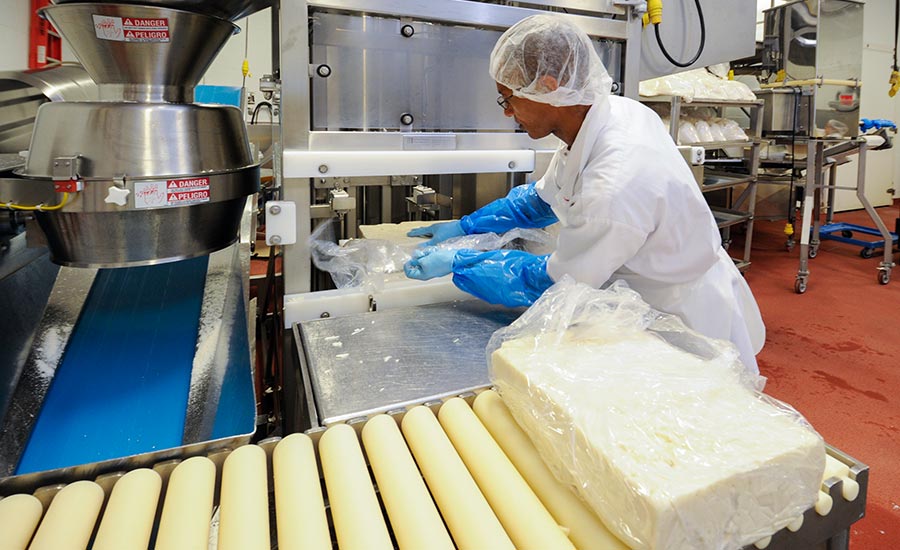Behind the Scenes with Cheese Makers Melbourne: Including Floridia Cheese
Behind the Scenes with Cheese Makers Melbourne: Including Floridia Cheese
Blog Article
Opening the Keys of Artisanal Cheese Making: A Step-by-Step DIY Overview
In the realm of cooking workmanship, artisanal cheese making stands as a testament to the fragile balance between tradition and technology. Each action in the process, from selecting the ideal milk to improving aging methods, holds within it a wide range of knowledge passed down through generations. As we get started on this trip to debunk the art of creating elegant cheeses, we are confronted with a tapestry of abilities and keys waiting to be unraveled. Join us as we discover the details of this ancient craft, where science, persistence, and art assemble to generate flavors that entice the detects.
Choosing the Right Milk
When getting started on the journey of artisanal cheese production, the option of milk plays a critical function in establishing the quality and characteristics of the final product. The kind of milk picked affects the flavor, appearance, and generally profile of the cheese.
In addition, the resource of the milk, whether from cows, goats, lamb, or buffalo, adds unique flavors and attributes to the cheese. Each kind of milk brings its own nuances, enabling for a large range of cheese varieties to be crafted based on the chosen milk.
Culturing and Coagulating
To launch the cheese-making procedure, the crucial steps of culturing and coagulating should be thoroughly carried out to change milk right into curds and whey. The type of society made use of can significantly influence the flavor, structure, and ripening of the last cheese product.
.jpg)
The timing and temperature level control throughout culturing and coagulation are important elements that affect the last outcome of the cheese. Proper execution of these steps is vital to make certain the preferred structure, taste, and consistency of the artisanal cheese being generated.
Draining and Pressing Curds
After the milk healthy proteins have actually coagulated and the curds have actually been reduced to launch whey, the next important step in artisanal cheese making includes draining and pushing the curds to attain the preferred appearance and uniformity of the last cheese item. The time for draining pipes can vary depending on the type of cheese being made and the desired dampness content.
When the curds have actually completely drained pipes, the next step is pushing. Pushing assists eliminate any type of staying whey and compacts the curds to create top article a solid cheese wheel. Pressing can be done using specialized cheese presses that apply mild and constant stress over a time period. The duration and pressure applied during pushing will affect the final appearance of the cheese, from luscious and soft to difficult and firm. Correct pressing and draining pipes are essential steps that significantly impact the quality and characteristics of the artisanal cheese being produced.
Aging and Flavor Techniques
Implementing meticulous aging and flavoring strategies is crucial in enhancing the deepness and complexity of artisanal cheeses, boosting their taste profiles to splendid degrees of refinement and refinement. Aging plays a critical function in developing the distinct tastes and appearances that distinguish artisanal cheeses. During the aging process, cheeses are stored in very carefully regulated settings where elements such as air flow, moisture, and temperature are manipulated to motivate the growth of helpful molds and microorganisms. This controlled setting enables the cheese to grow slowly, developing intricate scents and abundant flavors.
Flavoring strategies likewise contribute dramatically to the last preference of artisanal cheeses. Cheesemakers may you could try here pick to introduce added tastes by incorporating ingredients such as herbs, seasonings, and even fruits into the cheese throughout the production procedure. Additionally, some cheeses are washed or massaged with different liquids, such as salt water or alcohol, to boost their tastes and appearances.
Covering and Keeping Cheeses

Conclusion
In final thought, grasping the art of artisanal cheese making includes thoroughly selecting the ideal milk, following exact culturing and coagulating processes, draining pipes and pushing curds effectively, and utilizing various aging and flavoring methods. Bear in mind to wrap and save your cheeses properly to guarantee optimal taste and structure development.
Each kind of milk brings its very own nuances, permitting for a large range of cheese ranges to be crafted based on the picked milk.After the milk proteins have coagulated and the curds have actually been cut to release whey, the following important action in artisanal cheese making entails draining and pushing the curds to accomplish the desired appearance and uniformity of the final cheese product. The majority of cheeses ought to be wrapped in wax paper or cheese paper to enable them to take a breath while safeguarding them from drying out. For cheeses that require to continue aging, such as bloomy rinds or washed skins, guarantee they are kept in a cool atmosphere like a cheese cave or a fridge established to the ideal temperature level. By paying interest to the wrapping and storage space of artisanal cheeses, cheese manufacturers and fanatics can protect the stability of these delicacies and totally appreciate their complex flavors.
Report this page